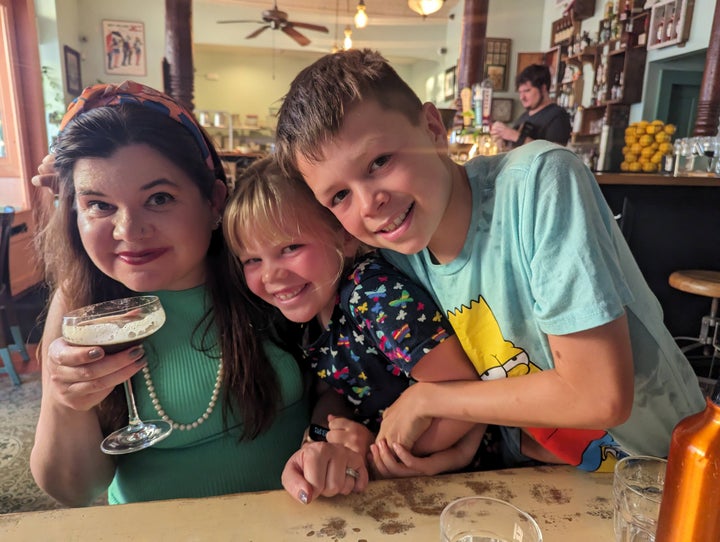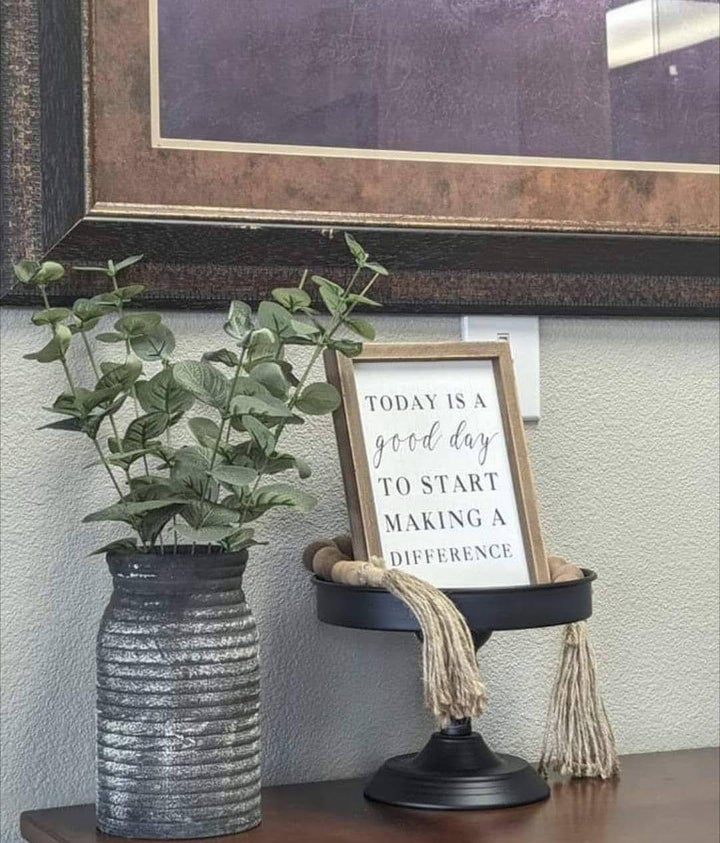
If bladder leakage was an issue for me before the birth of my now almost-12-year-old son, I don’t remember it.
Research shows that up to 25% of young women experience some involuntary urine loss, along with 44% to 57% of middle-aged women and a whopping 75% of older women.
Much more common in women than men, stress incontinence, which is prompted by stress or pressure on the bladder, can be aggravated by childbirth.
Labour with my son lasted 30-something hours. Later, when I pushed myself up to a sitting position in the hospital bed, IV hooked to my arm, the gush came and it didn’t stop until my bladder was empty. This wasn’t a “cough and pee a little” situation. We are talking zero bladder control.
I told one of the doctors, and he reassured me that this happens after childbirth sometimes. When I let a nurse know about my issue, she asked to see the pad I was wearing. It was soaked through. She was a bit concerned, and told me to let the nurse know at my postpartum checkup if the bladder leakage was still happening.
The leaking did continue, but it got less severe in the days that followed. I’m sure I mentioned it during my follow-up appointments, but my focus was on my all-consuming little bundle of joy.
After childbirth, new mums strap on those attractive mesh paper panties and a giant pad. In the days that follow, the pad stays and the mesh panties are replaced by equally sexy oversize cotton ones from the back of the underwear drawer.
With all the bleeding and peeing, the pad becomes a part of our existence in the early haze of motherhood.
The blur of my son’s toddler years followed his infancy, and I was still wearing a pad every day when I became pregnant with my daughter. The simple act of walking was tenuous, because more than likely I’d leak small amounts of pee all along the way. A sneeze or a jump? I might as well just leap into a swimming pool with my pants on.
The lack of control produced a low-level dread that I’d come to accept along with the other inconveniences of being a mum, like less sleep and constant messes to clean up.
During my second pregnancy, I worried that the lack of bladder control would be as bad after childbirth as it had been with my son. So I would try to “fix” the issue following her birth, I reasoned, because what was the sense in dealing with it before?
When my daughter was born, I was relieved to discover that I was simply dealing with the same leaky faucet, not gushing rivers like after giving birth to my first child. And with a baby and a preschooler, I was again preoccupied. The years passed. My bladder kept leaking. The pad stayed in my underwear.
I knew what I was experiencing wasn’t normal, but it also wasn’t uncommon. There are so many jokes about mums accidentally peeing their pants a little. When I talked about urinary incontinence with mum friends and colleagues, they understood.
But what I was experiencing seemed different from the occasional drizzle of many others. Even walks around the block at work during lunchtime could result in wet pants and a moist desk chair. And that was while wearing a pad. It was humiliating. Carrying around an extra change of undies and pants in your car trunk is no way to live.
I couldn’t fully relax and enjoy myself during sex because I was worried about involving my husband in a surprise squirt gun battle. Still, I continued to try to ignore the problem. I would do a couple of Kegel pelvic floor contractions when I remembered, but it was sporadic.
During a recent visit with my gynaecologist, nearly 12 years after the birth of my son and the start of the leakage, I finally listened when the doctor suggested pelvic floor physical therapy.

At my first appointment, the physical therapist — who was around my age and would have been potential mum-friend material if she wasn’t soon to be elbow-deep in my nether regions — started by asking about my trouble with pee leakage and what aggravated it.
She showed me a model of a female pelvic floor and explained why incontinence happens, before having me undress from the waist down so she could feel with a gloved hand whether I was doing Kegels properly and where my bladder was sitting. She was so conversational and relaxed that it wasn’t nearly as awkward as it sounds.
At the next session, she told me I’d be playing “video games” with my pelvic floor muscles. The little Kegel video games were pretty awesome. I took pride in controlling the game with my contractions. And it was helpful to see evidence that the effort I was making was effective, even after all of these years with incontinence. I also committed myself to doing the assigned Kegels she gave me, knowing I’d be reporting back to her about my homework.
The best part of the pelvic floor physical therapy experience has been the results I’ve seen in a short time.
With my physical therapist’s encouragement, I’ve given up the security blanket of wearing pads at night and now just use pantyliners in my underwear during the day.
I’ve learned that it’s important to stay hydrated and wait at least two hours between trips to the bathroom, instead of constantly releasing every tinkle “just to be safe.” I have even been able to go on walks these past few weeks without soaking my pad and undies.
It feels great to not have to constantly stress about my bladder. I’m not cured, but I’m on my way.
I now believe it was shame about my incontinence that led me to resist doing something about it. But this is a major issue for many women, and it’s time we put it in the spotlight that it deserves. Resources on pelvic floor incontinence should be made available to all new mothers.
The success I found with pelvic floor physical therapy has motivated me to get things done in other aspects of my life, as well. I have a mammogram scheduled for later this month, and I will soon be undergoing LASIK to correct my eyesight.
As mothers, we are used to putting our needs last. We can do it tomorrow, right? Until the tomorrows become weeks, months and years. But we are worth the time and effort of working on ourselves, and getting treatment when treatment is needed. It’s not too late.
Do you have a compelling personal story you’d like to see published on HuffPost? Find out what we’re looking for here and send us a pitch.